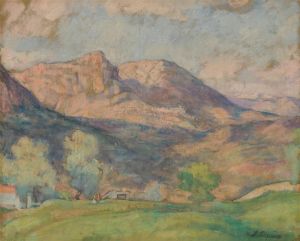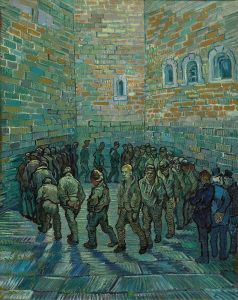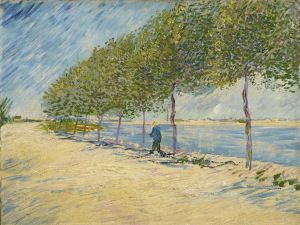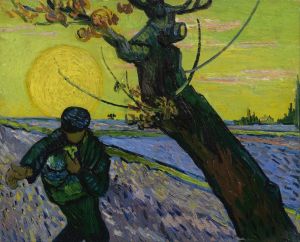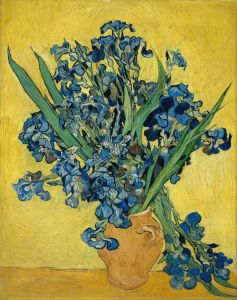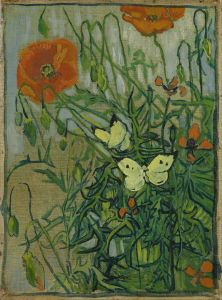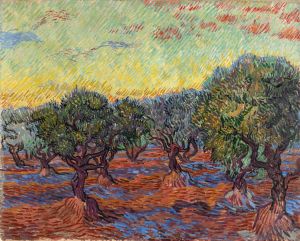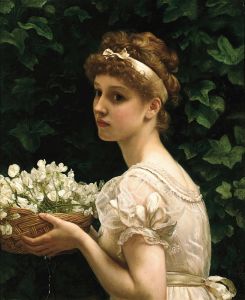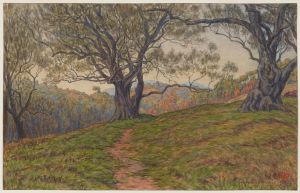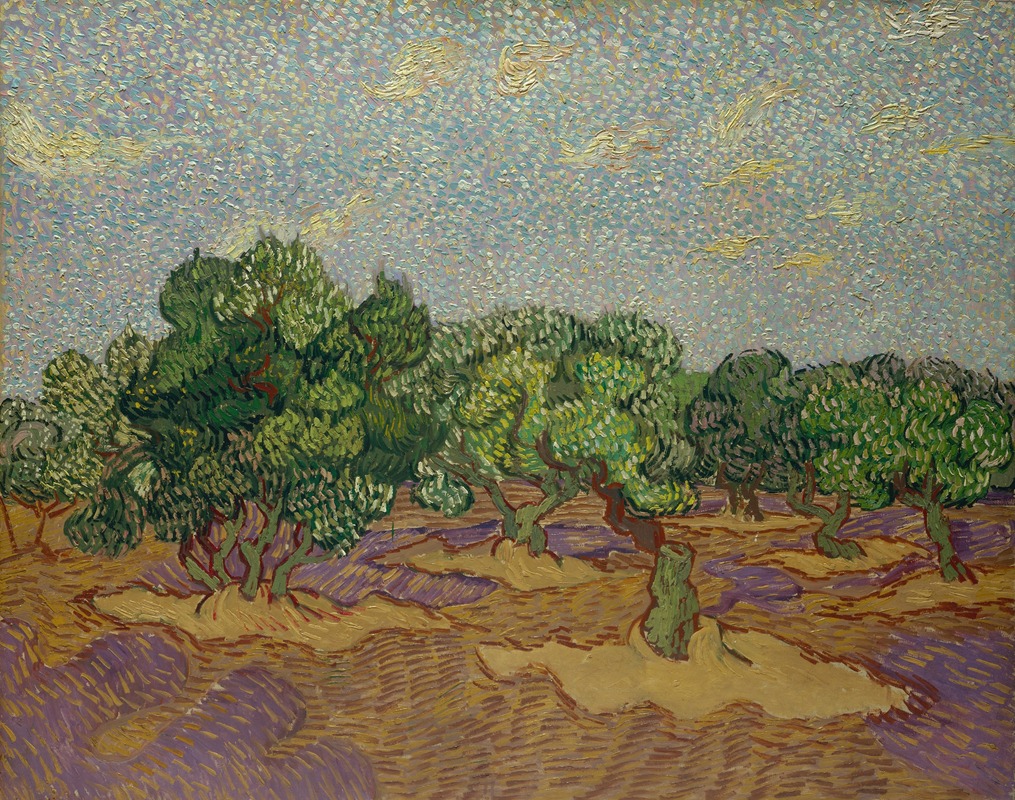
Olive Trees
A hand-painted replica of Vincent van Gogh’s masterpiece Olive Trees, meticulously crafted by professional artists to capture the true essence of the original. Each piece is created with museum-quality canvas and rare mineral pigments, carefully painted by experienced artists with delicate brushstrokes and rich, layered colors to perfectly recreate the texture of the original artwork. Unlike machine-printed reproductions, this hand-painted version brings the painting to life, infused with the artist’s emotions and skill in every stroke. Whether for personal collection or home decoration, it instantly elevates the artistic atmosphere of any space.
"Olive Trees" is a series of paintings created by the Dutch Post-Impressionist artist Vincent van Gogh in 1889. These works were produced during Van Gogh's stay at the asylum of Saint-Paul-de-Mausole in Saint-Rémy-de-Provence, France, where he voluntarily admitted himself following a period of mental health struggles. The olive groves surrounding the asylum became a significant source of inspiration for Van Gogh, and he painted them repeatedly, exploring their forms, colors, and textures.
Van Gogh's fascination with olive trees was tied to his deep appreciation for nature and his desire to express the spiritual and emotional resonance he found in the natural world. The paintings in this series are characterized by their dynamic brushwork, vibrant colors, and swirling patterns, which convey a sense of movement and vitality. The artist used a rich palette of greens, yellows, blues, and ochres to depict the trees and the surrounding landscape, capturing the interplay of light and shadow under the Mediterranean sun.
The "Olive Trees" series is notable for its expressive style, which reflects Van Gogh's unique approach to painting. Rather than striving for photographic realism, he sought to convey his emotional response to the landscape. The twisting trunks and branches of the olive trees, rendered with bold, rhythmic strokes, create a sense of energy and life. The textured application of paint adds depth and dimension to the works, inviting viewers to engage with the physicality of the paintings.
One of the most well-known works from this series is "The Olive Trees," which is housed in the collection of the Minneapolis Institute of Art. This particular painting exemplifies Van Gogh's ability to transform a simple subject into a powerful and evocative image. The composition features a grove of olive trees set against a backdrop of rolling hills and a luminous sky, with the artist's characteristic use of color and line bringing the scene to life.
Van Gogh's "Olive Trees" series is often interpreted as a reflection of his inner struggles and his search for solace in nature. While he faced significant challenges during his time at the asylum, including episodes of mental distress, his artistic output during this period was remarkably prolific. The olive trees, with their enduring and resilient qualities, may have held symbolic meaning for the artist, though Van Gogh himself did not explicitly articulate such interpretations.
Today, the "Olive Trees" series is celebrated as a testament to Van Gogh's genius and his ability to find beauty and meaning in the world around him. These works continue to resonate with audiences, offering a glimpse into the mind of one of history's most influential and beloved artists.






